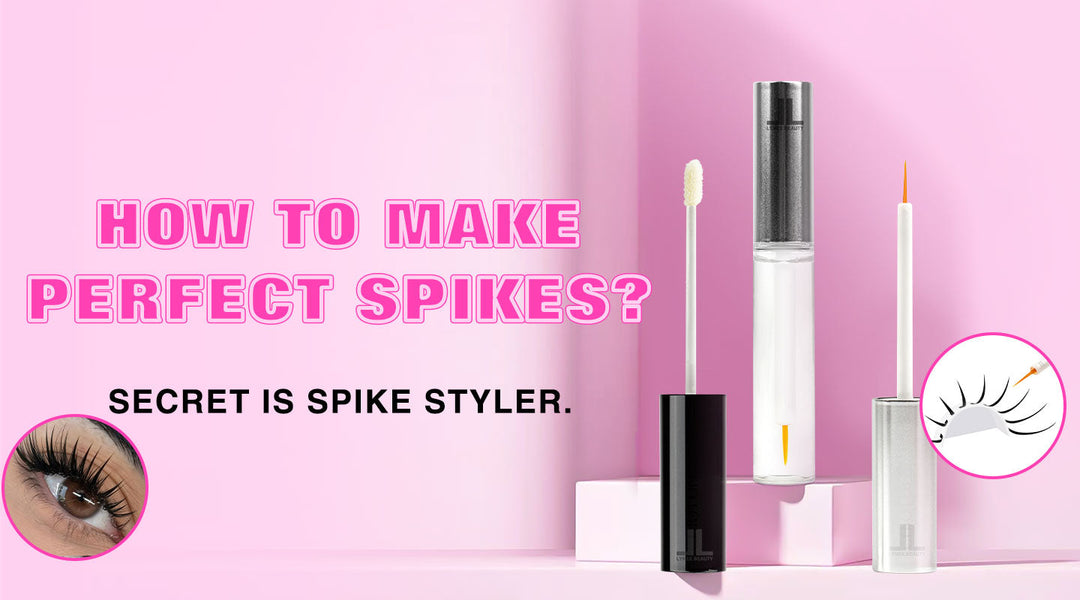As a consumer or lash professional, identifying poor-quality lash sets is crucial to avoid damage, disappointment, and unnecessary expenses. Whether you’re investing in a full set for a special occasion or evaluating products for your salon, here’s a detailed breakdown of red flags to watch for and how to ensure you’re getting top-tier lash extensions.
Unnatural Appearance and Poor Placement
One of the most obvious signs of low-quality lash extensions is an unnatural or overdone look. High-quality extensions should mimic the natural growth pattern of your lashes, blending seamlessly with your natural hairs. Poorly applied sets often exhibit:
- Clumping or Matting: Lashes stuck together in thick clusters, resembling “spider legs” instead of individual strands. This is often a result of using too much glue or low-quality adhesive that fails to dry clear.
- Incorrect Curl or Length: Extensions that are too heavy for natural lashes or curls that don’t match the eye shape.
- Random Placement: Lashes applied haphazardly, ignoring the natural lash line or skipping sections, leading to an uneven, patchy appearance.
Immediate Discomfort or Irritation
High-quality lash extensions should feel weightless and comfortable when properly applied. If you notice any of the following, it’s a red flag:
- Heavy or Tugging Sensation: Low-quality synthetic lashes or improper adhesive use can make extensions feel like “heavy curtains” on the eyes.
- Itching, Burning, or Redness: This often signals an allergic reaction to low-grade glue (containing high levels of formaldehyde or other irritants) or poor hygiene during application (e.g., unclean tools).
- Difficulty Opening/Closing Eyes: Extensions that are too long, thick, or incorrectly angled can restrict eye movement, causing discomfort or vision obstruction.

Low-Quality Materials and Construction
The type of lash material and how it’s constructed directly impacts quality. Here’s what to look for:
- Synthetic vs. Natural Fibers:
- Poor Quality: Cheap synthetic lashes are shiny, stiff, and prone to tangling. They may also have rough cut edges that irritate the eyes.
- High Quality: Mink, cashmere, or premium synthetic lashes (e.g., PBT fibers) are soft, flexible, and have a natural matte finish. Mink lashes, in particular, are lightweight and mimic the texture of natural hair.

Lack of Professionalism and Hygiene
Even the best products can fail if applied unprofessionally. Warning signs of a subpar salon or technician include:
- Reused Tools: Non-disposable brush, eyepad, or tape, which increase the risk of infection.
- Dirty Workspace: Cluttered stations, expired products, or improper storage of lashes.
- Rushed Service: A technician who applies lashes too quickly, uses excessive glue, or skips pre-treatment steps.
Remember, high-quality lash extensions are more than a cosmetic upgrade; they’re a reflection of professionalism and care. By staying vigilant for red flags like unnatural appearance, discomfort, or subpar hygiene, you can avoid the pitfalls of cheap, poorly executed sets. Conversely, choosing reputable technicians, asking about product quality, and prioritizing aftercare will ensure you enjoy lush, long-lasting lashes that boost confidence without compromising your natural lash health.
Happy lashing, and here’s to eyes that shine with authenticity and care!












